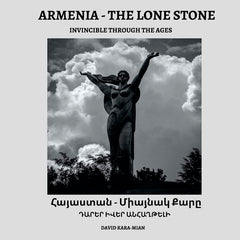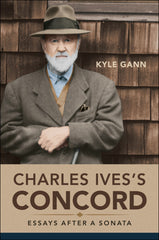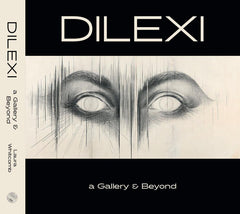OTHER MINDS WEBSTORE
Men, Women, & Pianos: A Social History
Author: Arthur Loesser
ABOUT THE BOOK
As the "social anchor" in middle-class homes of the nineteenth century, the piano was simultaneously an elegant piece of drawing-room furniture, a sign of bourgeois prosperity, and a means of introducing the young to music. In this admirably balanced and leisurely account of the popular instrument, the late, internationally known concert pianist Arthur Loesser takes a "piano's-eye view" of the recent social history of Western Europe and the United States.
Drawing on newspapers, music manuscripts, popular accounts, and other sources, Loesser traces the history of the piano from its predecessors, the clavichord and the harpsichord, to the modern spinet and concert grand. Chapter headings such as "Clavichords Make Weeping Easier," "The Harpsichord Grows Feet," "The More Pianos the Merrier," and "The Keyboards Go West" suggest the author's lighthearted approach to topics ranging from the piano's European origins and its introduction in the United States to the decline of piano manufacturing in the early twentieth century and the "victory of airborne music" by mid-century. A preface by historian Jacques Barzun and a new foreword by music critic Edward Rothstein enhance a volume rich in wit and knowledge—one that will delight any reader with an interest in the piano and on Western cultural history.
"...crammed with interesting and often novel information, [the book] is throughout entertaining and even exciting." –New York Times
In his foreword to this edition, New York Times music critic Ed Rothstein makes the following pithy observation after encountering Men, Women, & Pianos:
The year before Liberace's death, I went on a pilgrimage to a mini-mall not far from the Las Vegas strip to visit the Liberace Museum—Nevada's third most popular tourist attraction, after gambling and the Hoover Dam. It was a small building stocked with all the outfits, rhinestones and glitz one might have expected from the pop pianist, including a painting of his mother, opulent gifts from royalty and an extravagantly decorated Rolls-Royce. But the heart of the collection was the display of the embossed and encrusted pianos of the entertainer's flamboyant concert life, and, intermingled among them, their pianistic ancestors—a Pleyel on which (it was claimed) Chopin had played, a Bösendorfer once played by Liszt and other instruments linked to Virtuosos of times gone by.
These latter pianos did not find their place among jewels and mink by accident. Liberace was, quite self-consciously, a kitschy imitation of the virtuoso, a Las Vegas Liszt whose success was linked to the qualities that made nineteenth-century pianists such imposing figures, including picturesque mannerisms, magnetic personas and intimate relationships to the midd-class public and the repertoire it craved. The piano was as essential to him as to his predecessors; more than any ermine robe or studded ring, it was Liberace's primary symbol, and its fate seemed peculiarly outlined in this progress from Chopin's Pleyel to Liberace's raffish Baldwin.
BOOK DETAILS
Pages: 672 pages
Publisher: Dover Publications
Trim Size: 5.5 x 8.5 in
Format: Paperback
ABOUT THE AUTHOR
American classical pianist and author Arthur Loesser (1894–1969) served on the faculty of the Cleveland Institute of Music from 1926 to 1969. He wrote program notes for the Cleveland Orchestra and liner notes for Vladimir Horowitz and other internationally famed musicians.





